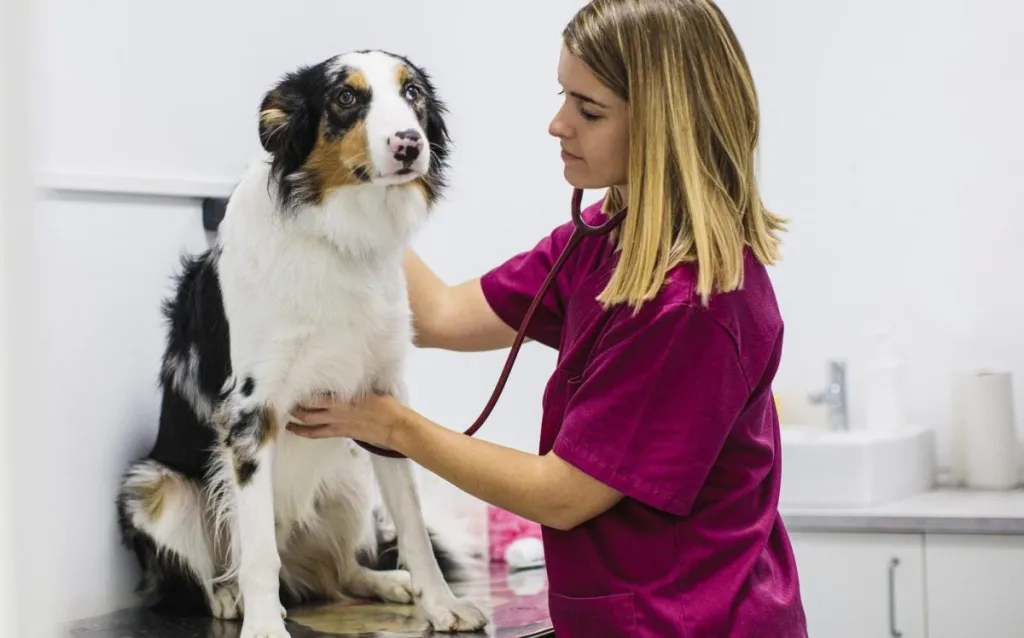Tachycardia in dogs refers to an abnormally rapid heart rate. The condition is usually characterized by heart rates greater than 140 bpm in large dogs, 160 bpm in medium-sized dogs, 180 bpm in small dogs, or 220 bpm in puppies. Here’s what you should know about symptoms, causes, and treatment for tachycardia in dogs.
Symptoms of tachycardia in dogs
There are three types of tachycardia in dogs: atrial, ventricular, and sinus. These refer to the location in the heart where the abnormality or arrhythmia originates, and each also has different causes and possible complications, including heart failure or death.
Tachycardia can present no clinical symptoms in dogs, especially if there isn’t an underlying disease. Also, a variety of stresses and other factors can cause a dog’s heart rate to increase. Usually, this increase in heart rate fades with time, but when tachycardia persists, it is a problem and requires veterinary treatment.
Here are some symptoms of tachycardia you may notice in dogs:
- Shortness of breath
- Dizziness or feeling lightheaded
- Confusion
- Sudden weakness
- Exercise intolerance
- Chest pain from angina
- Fainting or collapse
- Fever
- Blood clots
- Heart attack
In some cases, the condition can further lead to heart failure or death — sometimes very suddenly. This is especially a risk with ventricular tachycardia, which is why it’s important to seek veterinary care.
Causes of tachycardia in dogs
The different types of tachycardia in dogs have different causes. Sinus tachycardia can occur in response to exercise, excitement, stress, pain, or diseases and other conditions. It can be a normal physiological response and is typically nothing to worry about.
Atrial tachycardia, on the other hand, usually happens in response to heart disease or systemic disease. Therefore, you must ask your vet to test for these conditions and treat them accordingly.
Ventricular tachycardia is the most serious, though it can be manageable with proper treatment. It can develop due to many factors, including the following.
- Defect from birth
- Heart disease
- Anemia
- Lung disease
- Sepsis
- Dehydration
- Tumor
- Myocarditis
- Pancreatitis
- Gastrointestinal disease
- Drug overdose
- Congestive heart failure
Dogs who are on thyroid medication, have other heart conditions, suffer from inflammation, or are pregnant are at greater risk for developing the condition.
Treatments for tachycardia in dogs
Treatment for tachycardia often depends on whether there is an underlying condition causing it. If that’s the case, then your veterinarian will develop a treatment plan to address those issues. The goal of treatment is to correct the issue and return the heart rate to normal. In severe cases, this might require a defibrillator. Most of the time, dogs will require medication, such as lidocaine and sotalol.
Another technique is the vagal maneuver, which involves ocular or carotid sinus pressure to stimulate the vagal nerve, which slows heart rate. Electrical cardioversion is another procedure that introduces an electric shock to the heart, restoring heart rate. This is used when medication and the vagal maneuver fail.
In more extreme cases where all else fails, a dog may additionally need a pacemaker implanted that delivers an electrical shock after detecting abnormal heart rate. Open-heart surgery is also an option when others do not work.









